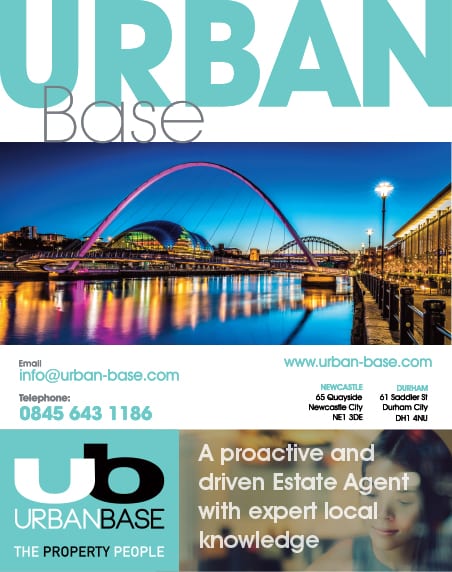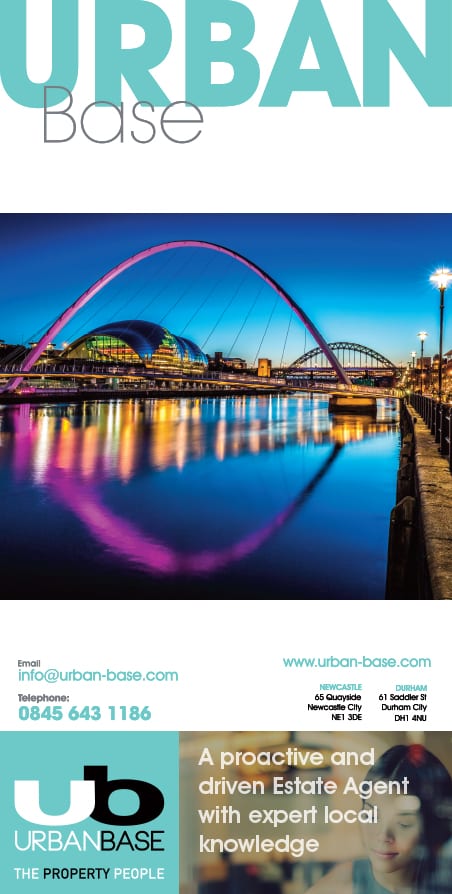It's about now that everyone looks at the previous 12 months of their lives and ponders about the next 12. New Year's Resolutions will have been made and probably broken already. But how different will this year be, and how will it affect individuals?
Obviously I’m talking mainly from a commercial property perspective, though we must be aware of the interaction between consumer behaviour and attitudes, house prices and commercial property values.
The perceived wisdom is that as a nation, we are near the end of the recessionary times that have affected us so much in recent years. Oxford Economics reckon that London will come out of the recession first and will see the strongest recovery across the regions between 2024 and 2025. And the North East will come out worst. Not so good, and I’m also fairly sure that those living on the poverty line anywhere in the country – and many for the first time – may feel that any economic recovery is going to pass them by. Are we polarising as a nation?
Looking at the main market sectors I think this is my crystal ball.
Residential
House prices in the owner occupied market will at best remain flat, with some prices falling. I have seen some brave developments of luxury homes in what might be considered less desirable locations, and I think that they will be hit.
In the rental market, it’s becoming hell for everyone. Landlords are being squeezed by the market – higher interest rates, lower LTVs and more stringent stress testing; and by government with stricter energy efficiency requirements and licensing. This is driving many landlords out of the market which in turn pushes rents up and affects tenants. Frankly I think a lot of current policy in this sector is creating a “lose-lose” situation.
Retail
This is a sector very much driven by public behaviour. Like others (I call Graham Soult as my chief witness), I believe in the “High Street.” True, it’s changing, but hasn’t it always? I’m old enough to remember when there was a really large supermarket opened by Safeway near my parents’ London house. It is around 1900 square metres. The small Tesco in Jesmond is 558 square metres and Waitrose is 1172 sq.m. But Lidl in Walker is 1934 sq.m. – I would contend that we consider these now to be small to average size. It was 1961 that Boots introduced the first self service pharmacy for non prescription drugs. But this is now seen as the norm. In the last few years, particularly since the covid scare, we have seen more shopping done online – though once that issue was “put to bed” there has been a return to physical shopping. We need physical stores to touch and feel merchandise (and they also create jobs, particularly without those dreadful self service checkouts). Use it or lose it.
Offices
So the North East is going to be the last region to come out of the recession? Look at what’s happening across our region. It’s not just Newcastle with Pilgrims Quarter and other developments, Sunderland has Riverside Sunderland, with ambitions for 93,000 square metres of offices, and Durham has Milburngate, offering a total of 41,800 square metres of space including in the first phase 5,000 square metres of offices in one building. The value of working physically together has been realised and this frequently outweighs the alternative benefits of home working.
Industrial
I think it’s fair to say that our region was world leader in heavy engineering and business at one time. We had the coal supplies, we had significant ship building on both the Tyne and the Wear, and of course the railway industries. But maybe we clung onto our heritage longer than we should have. It left us a bit short, particularly with more manual labour supplies than the demand. But the situation is changing, it’s just a different type of manual labour. As well as the mega units of Amazon in Washington and Spennymoor I know from experience that trying to acquire good quality factory/warehouse buildings of around 500-1,000 square metres is a thankless task (though matters were resolved in the end). It’s good news if we react the right way.
Leisure
For a number of years now, Newcastle has been seen as a party city. Ouseburn is apparently one of the coolest places to live in the UK now (I never thought I’d live near somewhere “cool” but there you go). There are still serious numbers of pubs closing, and at least one large pub operator is struggling with debts of £2.5 billion – it takes a lot of pints to pay the interest on that! However, other smaller operators, from ‘local boozers’ to ‘destination houses’ are making a success of it. I think it would be fair to say that the middle is seeing the squeeze more than the poles of the market. The UK hotel market also seems to be booming – perhaps the combined effects of leaving the EU, meaning we need visas to travel abroad combined with the changes in habits that “the pandemic” have, more by accident than by design, given staycations a whole new popularity. I do think though that the hotel market (excluding London) seems to be very much falling into three categories – Lodge style accommodation, Boutique hotels (of all sizes), and top end hotels with facilities. Of course some transcend by offering a Lodge-level rates with facilities at extra cost, but the days of ‘boarding houses’ seem to have gone.
In 12 months’ time we can see if my crystal ball is clear or cracked…
www.bivbowes.co.uk


